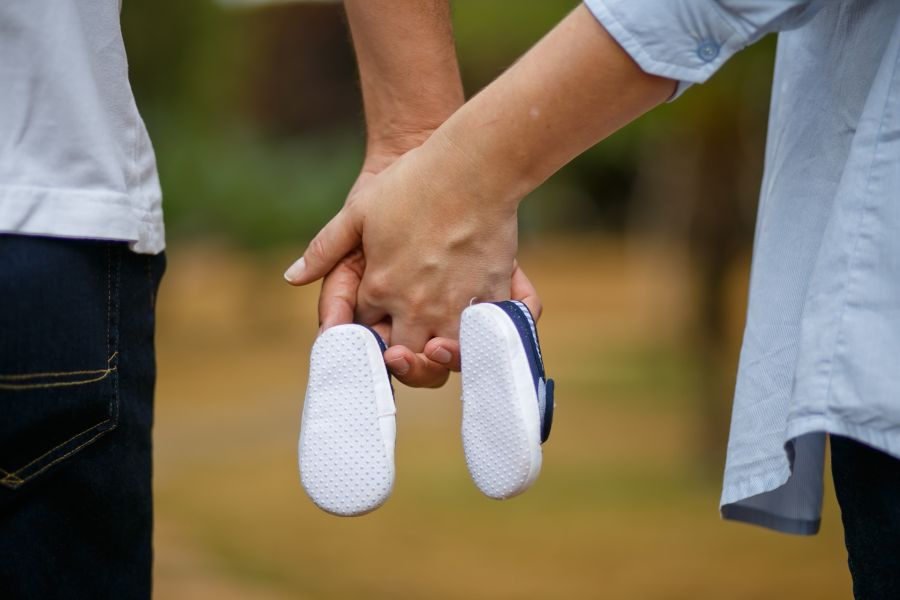Blog

Blog
Call us today for a free initial consultation on 0800 772 0341
Expectant and new mums facing discrimination in the workplace
Published 01 April 2018


On average more than a thousand women a week are forced to quit work as a result of a pregnancy and maternity discrimination, according to a leading charity.
Maternity Action has launched a campaign to highlight that each year 54,000 women feel they have no other choice but to leave their jobs as a result of this particular type of unlawful discrimination (1).
With the spotlight firmly fixed on equality in the workplace in recent months, the shocking figure highlights the enormous scale of the problem.
Many expectant and new mothers will undoubtedly feel vulnerable about work, and it appears that the attitude of some employers towards them emanates from a bygone era.
A recent study by the Equality and Human Rights Commission revealed that 40 per cent of those quizzed claimed they had seen at least one woman in their company ‘take advantage’ of their pregnancy (2).
The findings also show six in 10 employers (59 per cent) agree that a woman should have to disclose whether she is pregnant during the recruitment process, and almost half (46 per cent) of employers agree it is reasonable to ask women if they have young children during the recruitment process.
The government’s Women and Equalities Committee in the opening line of its Pregnancy and maternity discrimination report (2016 – 2017) said: ‘Shockingly, pregnant women and mothers report more discrimination and poor treatment at work now than they did a decade ago.
‘With record numbers of women in work in 2016, the situation is likely to decline further unless it is tackled effectively now. Urgent action and leadership is needed, but the approach that the Government is taking forward lacks urgency and bite.’
Pregnancy and maternity discrimination is when you are treated unfairly because you are pregnant, breastfeeding or because you have recently given birth.
The Equality Act 2010 lists pregnancy and maternity as one of its nine protected characteristics (4). Under the Act people are not allowed to discriminate, harass or victimise another person because they have any of the protected characteristics.
Earlier this year a recruitment manager successfully sued a global law firm for sexual discrimination after she was selected for redundancy days before returning from maternity leave ‘because she was easiest to get rid of.’ (5)
The two main types of pregnancy and maternity discrimination are unfavourable treatment and victimisation.
Unfavourable treatment
Employees are protected against unfavourable treatment because of pregnancy or maternity. Therefore, a worker or job applicant must not be disadvantaged because of their pregnancy or maternity. For example, they must not:
- be treated unfairly.
- suffer any disadvantage as a result of an organisation’s policies, procedures, rules or practices
- be subjected to unwanted behaviour.
The individual does not need to compare their treatment to how someone else is treated. Although other employees are treated the same way, if it impacts negatively on an employee because of pregnancy or maternity it can be considered discriminatory.
Victimisation
Is when an employee suffers what the law defines as a 'detriment' - something that causes disadvantage, damage, harm or loss because of things such as:
- raising a grievance concerning equality or discrimination
- making an allegation of discrimination
- giving evidence relating to a complaint about discrimination
- supporting a complaint of discrimination
Victimisation can also occur because an employee is suspected of doing one or more of the above, or because it is believed they may do so in the future
Towards the end of last year ACAS published guidance, which is intended to help employers create supportive workplaces for women during pregnancy and maternity leave (6).
This was after the organisation received 14,000 calls in the previous year about pregnancy and maternity issues, an increase of almost 10 per cent on the year before.
The Equalities and Human Rights Commission has also launched the Working Forward campaign to help make workplaces the best they can be for pregnant women and new parents (7).
References
1. Maternity Action [Internet]. Maternity Action. [cited 2018 Mar 24]. Available from: https://www.maternityaction.org.uk/
2. Employers in the dark ages over recruitment of pregnant women and new mothers | Equality and Human Rights Commission [Internet]. [cited 2018 Mar 24]. Available from: https://www.equalityhumanrights.com/en/our-work/news/employers-dark-ages-over-recruitment-pregnant-women-and-new-mothers
3. Pregnancy and maternity discrimination. :71.
4. Protected characteristics | Equality and Human Rights Commission [Internet]. [cited 2018 Mar 25]. Available from: https://www.equalityhumanrights.com/en/equality-act/protected-characteristics
5. Mum wins sex discrimination case against Milton Keynes law firm [Internet]. [cited 2018 Mar 25]. Available from: https://www.miltonkeynes.co.uk/news/mum-wins-sex-discrimination-case-against-milton-keynes-law-firm-1-8312988
6. Acas launches new guidance to prevent pregnancy and maternity discrimination at work | Acas press release [Internet]. 2017 [cited 2018 Mar 25]. Available from: http://www.acas.org.uk/index.aspx?articleid=6079
7. Working Forward home | Equality and Human Rights Commission [Internet]. [cited 2018 Mar 25]. Available from: https://www.equalityhumanrights.com/en/pregnancy-and-maternity-workplace/working-forward
A reputation built on success
If you're facing any of the issues in this article - or need guidance on disciplinary, grievance, or redundancy matters - call us today. Our expert Trade Union Representatives are available to represent you in crucial workplace meetings, with pay as you need support.